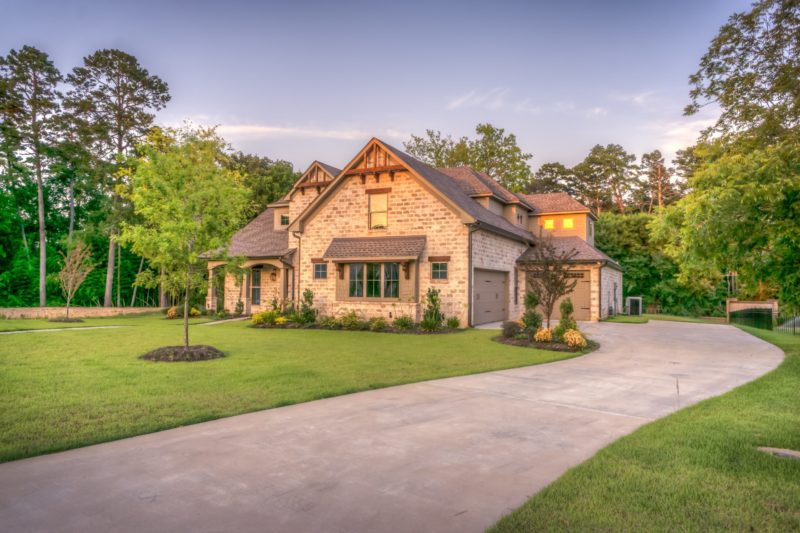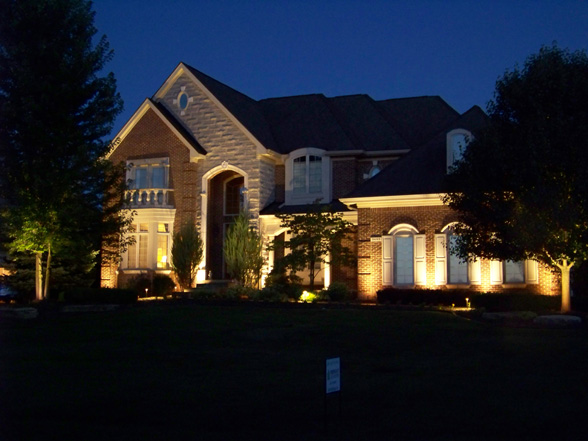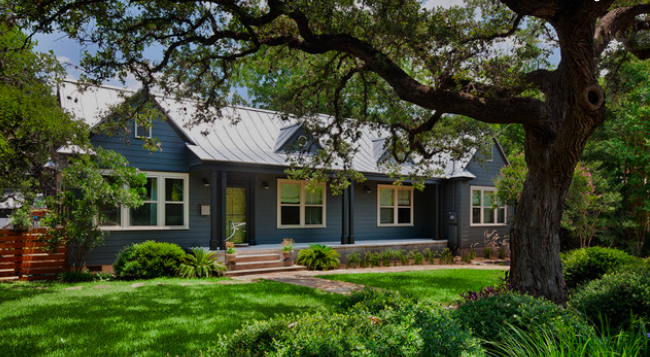
Celebrate Mardi Gras with Custom Holiday Lighting
December 31, 2021
The Best Time to Kill Weeds in Your South Alabama Lawn
February 6, 2022Crape Myrtles, sometimes spelled Crepe Myrtles, are popular plants in our southern landscapes, where they show-off with bright and vibrant blooms that last all summer long. These tough and hardy trees thrive in our hot and humid climate and require very little maintenance, making them a great choice for any property owner who wants to add a pop of color to their outdoor space.
Though easy to care for, crape myrtles do require a bit of proper pruning to reach their maximum potential. So you can enjoy healthy and happy blooms for years to come, here’s what you need to know about properly pruning a crape myrtle.
When to Prune?
When it comes to crape myrtles, pruning should only be done when absolutely necessary for the health, shape, or size of your tree. Pruning is not usually necessary for new blooms, and a well-maintained crape myrtle should be a low-maintenance tree that doesn’t require pruning year after year. The most common reasons to prune a crape myrtle include removing diseased or dying branches, clearing interior space for better sunlight penetration, and correcting excess overgrowth for a safer and more pleasing shape.
If you do choose to prune, pruning crape myrtles at the right time is just as important as doing it the right way. Pruning always promotes new growth, so you want to prune a crape myrtle toward the end of winter dormancy and right before spring growth begins. In our South Alabama climate, this means no later than the last week of February – though you can often begin as early as late January depending on the year.
How to Prune Correctly
Crape myrtles must be pruned carefully to avoid stunting future growth and risking all those beautiful blooms. Because crape myrtles are multi-trunk trees that sprout several off-shoots each, it can be easy to get confused about which branches to take and which to leave. Luckily, following a few tips can help you achieve a perfect pruning every time.
Begin at the bottom. Begin pruning your crape myrtle at the bottom of the tree and work your way up, removing any lower limbs, suckers, or off-shoots that don’t follow the natural shape of the tree. Ideally, you should focus on having three to five strong and healthy main trunks that make up the base of your crape myrtle.
Raise the canopy. As the plant grows, you’ll want to continue pruning the lower branches to raise the canopy of the tree. Do this by removing any lower side branches that sprout from the main trunks up to a height of four to six feet but no more than half the height of the tree.
Prune as little as possible. When it comes to crape myrtles, less is best. You should always begin by pruning the three D’s – dead, dying, and diseased branches. Next, eliminate any crossing or rubbing branches. You may also want to prune away branches that are growing inward or down toward the ground – you want to keep branches that grow upward and outward from the center of the tree.
Thin the canopy. Finally, you may want to eliminate extraneous interior branches to thin the canopy and more sunlight and airflow to reach the center of your crape myrtle. A good rule of thumb is that if a bird can fly through your crape myrtle, the center is in good shape.
Don’t Commit Crape Murder!
Improper pruning is such a common and harmful problem with crape myrtle trees that it’s jokingly referred to as “committing crape murder”. The most common pruning practice that causes problems for crape myrtles is topping, or indiscriminately cutting branches back to the main trunk.
Many people believe this harsh and top-heavy pruning is the best way to encourage new blooms, but that isn’t the case. While cutting back a crape myrtle will result in heavy new growth, the branches that sprout from drastic cut sites are structurally weak and susceptible to disease. Ultimately, this will result in an unattractive drooping appearance and stunt the tree’s healthy maturation. Never top a crape myrtle tree!
Need more help? Contact us today to let Chad’s Landscape Management take the chore out of pruning your crape myrtles!





